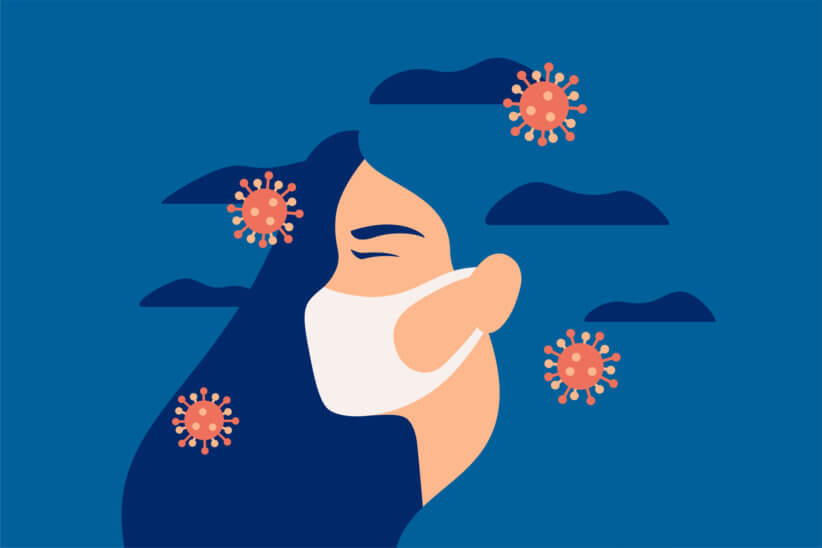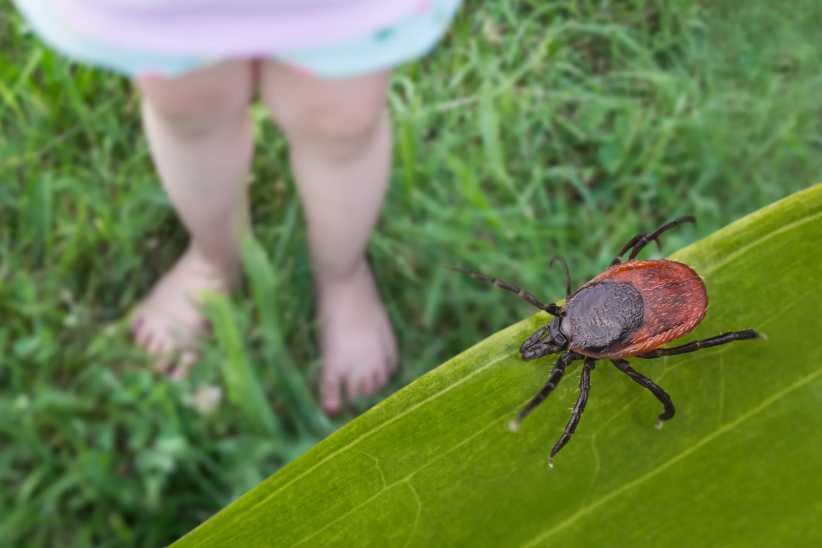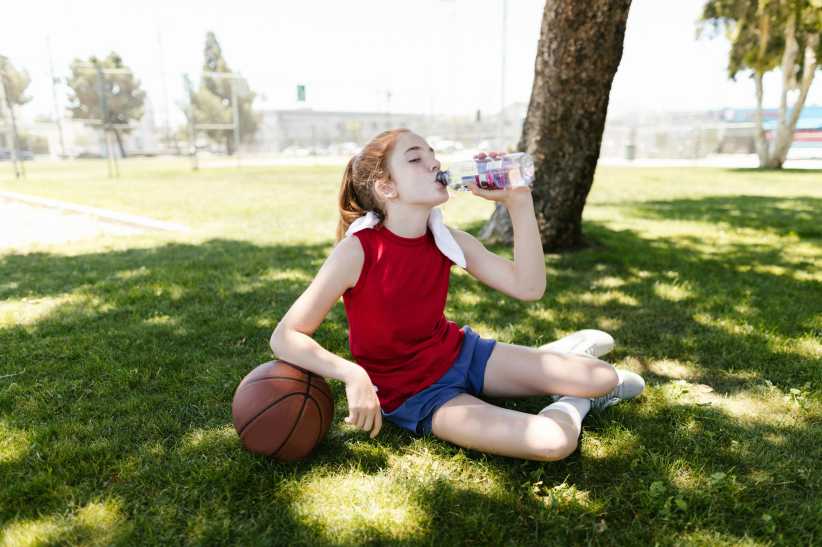
The BA.5 Variant: What We Know About This Subvariant of Covid-19
Since the initial outbreak of Covid-19 in the US in 2020, as many of us know, restrictions have been lifted. We can finally enter many public spaces again without masks. The kids can slide, swing and run through the sprinklers- all maskless if they choose; it has been pretty amazing. At the same time, things have slowly started to feel “normal” again. Yet if any lessons can be learned since this virus has entered our world, it is that it is unpredictable and evolving. Because of this, new variants like the BA.5 are produced.
Psst…check out Tick Tips on Keeping Your Family Safe from their Bites
What is BA.5
The BA.5 variant is the latest variant and cases tied to it are on the rise. The symptoms are like past Omicron subvariants, such as a runny nose, sore throat, fatigue, headache and muscle soreness. Other symptoms may include sneezing or a cough that seems to last forever. If parents have learned anything in this pandemic, we need to stay updated.
Here is what we know about BA.5
On Tuesday, the CDC came out with an estimate that the new BA.5 variant accounts for around 64% of cases in the New York region, also including New Jersey, Puerto Rico and the Virgin Islands in their surveying. This percentage has risen by 23% in just two weeks. The CDC is also acknowledging that the presence of BA.5 is likely to be much higher than they are able to report due to limitations surrounding the ability to isolate variants through genomic sequencing. Experts have expressed that the new BA.5 variant is associated with a higher risk of reinfection from other variants following exposure.
New York
Because New York City is a high-risk area for transmission, the CDC recommends that all those ages two and older wear a well-fitting mask while out in public regardless of vaccination or booster status, In February of this year, a study by the CDC showed that people who reported that they were always wearing a mask inside indoor public settings were between 56% and 86% less likely to test positive than those who wear no mask. Masks are effective because they drastically reduce the spread of potentially infectious aerosols.
A little over two weeks ago, Weill Cornell epidemiologist Dr. Jay Varma commented on Twitter, “Experience from other countries means there will be another big increase in NYC #COVID19 infections, including among those who have had #Omicron in the past few months.” With the anticipation that cases will continue to rise, masking up again is essential.
On Monday, Governor Kathy Hochul advised New York residents who test positive to “contact our free hotline to connect with a health care provider and identify the treatment plan that’s right for you. For those in New York City, call 212-COVID-19 and for those outside of New York City, call 888-TREAT-NY.” She also is encouraging New Yorkers to “stay up to date on your vaccine and booster doses.” After this, Governor Hochul went on to say, “Parents and guardians, now is the time to consult with your child’s pediatrician about getting them vaccinated.” If you’re looking for more information on vaccines for children under 5, check out our article FDA & CDC Approved Covid-19 Vaccines for Kids Ages 5 and Younger: What Parents Need to Know.
Right now, the best thing your family can do is mask up especially in crowded and public spaces, keep up on vaccinations and continue following updates from the CDC and local experts.






















